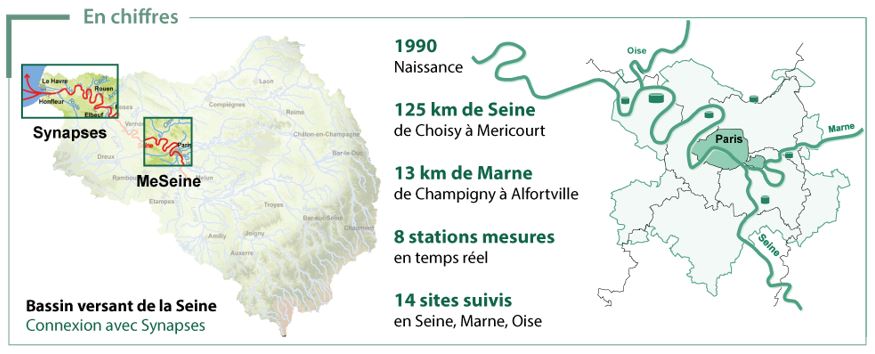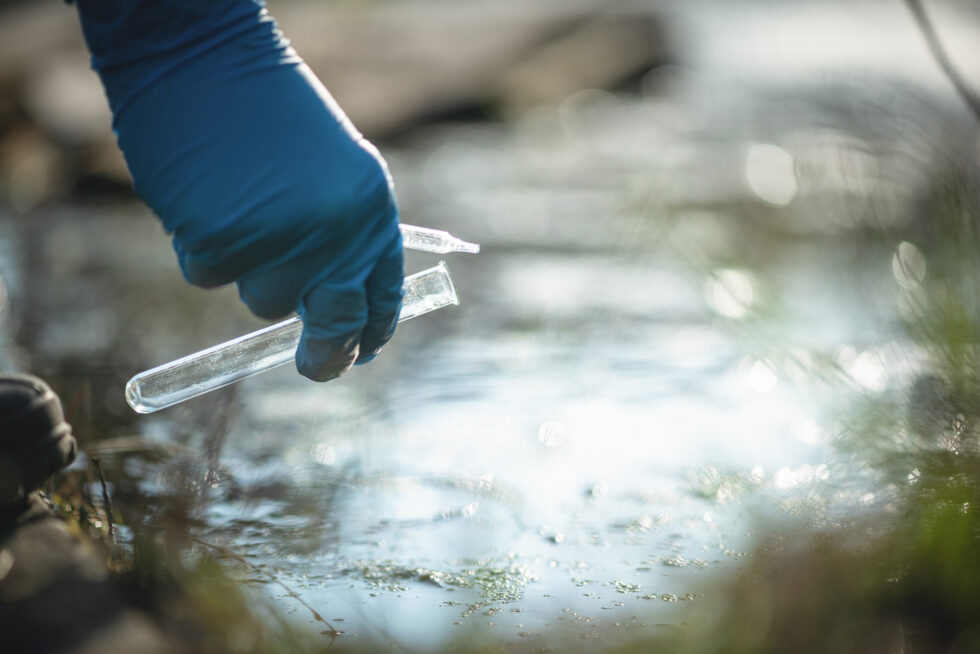So small and yet so dangerous… Detergents, textiles, hydrocarbons, pesticides, metals, medicines, cosmetics, all these products used in our daily lives potentially contain micropollutants that end up in the environment (air, water, soil). Despite their very low concentration, these substances have negative effects on living organisms (plants, algae, animals, human beings) because of their toxicity, persistence and bioaccumulation.
Whether they are organic or mineral, biodegradable or not, more than 110,000 molecules with physical and chemical properties are listed at the European level. Most of these molecules may represent a threat to biodiversity and human health.
The fight against micropollutants aims to control the spread of this “invisible” pollution, particularly in the aquatic environment, which is particularly affected (by direct discharge into water, atmospheric fallout and soil leaching). An overview.
Regulations restricting the discharge of micropollutants
Industrial policies (industries being responsible for the quality of their discharges), but also local policies, must allow the control of the discharge of these substances into the environment. To do this, several steps must be followed:
- Identify potential sources of pollutants.
- Develop action plans.
- Reduce releases through, for example, micropollutant treatment facilities, use of cleaner technologies or source reduction.
- Monitor and track air, water and soil quality to measure the effectiveness of controls.
- Report results to the appropriate authorities and stakeholders.
The placing on the market , use and release of harmful substances and products are governed by numerous texts (available on the aida.ineris.fr website) aimed at protecting the environment and health. The main ones are :
- The REACH regulation regulates the marketing and use of all substances within the European Economic Area.
- The European directive n°2015/1787 sets the limit levels for certain micropollutants in drinking water.
- The regulation n°1259/2011 sets maximum levels for certain contaminants in foodstuffs.
- The Water Framework Directive (WFD) and the LEMA law provide for a diagnosis of the state of water and monitoring of its quality through the implementation of the SDAGE, the Master Plan for Water Development and Management 2022-2027 (SDAGE).
- The European directive on air quality.
- The national regulation of ICPE (installations classified for the protection of the environment).
- The Discharge of Hazardous Substances into Water regulation sets out the requirements for research into substances at stake and for diagnosis.
The government has also set up a national plan on micropollutants to meet the objectives set by the Water Framework Directive and the Grenelle Environment Forum. In particular, it recommends reducing emissions of these pollutants at the source.
Solutions to combat micropolluants
Currently, the means used to control the release of these substances are primarily :
- The use of less polluting raw materials.
- Urban and industrial wastewater treatment : decantation and filtration techniques, anaerobic digestion (by methanization) or chemical treatments allow the elimination of a part (but only a part) of the micro-organisms present in the effluents, whether they are in suspension or dissolved.
- Reuse of treated water in production processes.
- Monitoring of air, water and soil quality and local regulations (discharge limits, water treatment requirements according to territorial characteristics, or reinforcement of monitoring measures).
- Raising the awareness of all stakeholders (industries, suppliers, local populations, etc.), as the water cycle is not well known and the impact of micropollutants present in the products used is not well understood.
Innovations and trends in progress
The treatment of micropollutants is complex and conventional technologies do not allow for their total isolation. Fortunately, in recent years, many innovations have emerged:
- Advanced treatment of urban and industrial wastewater: technologies such as photocatalysis, advanced oxidation, ozonation, activated carbon adsorption, reverse osmosis or bioremediation manage to eliminate almost all micropollutants such as drug residues, heavy metals, pesticides, hydrocarbons or endocrine disruptors.
- Industrial flue gas treatment: electrostatic filters or activated carbon filters are able to retain most, if not all, of the volatile micro-particles.
These purification systems generally use a combination of two technologies, but now tend to combine four for greater efficiency. This is known as quaternary treatment.
They can also be optimized by :
- Real-time monitoring technologies: these allow for the detection of micropollutants and provide continuous data.
- Metals and nutrients recovery technologies: metals (copper, cadmium, etc.) recovered during treatment by membrane filtration or adsorption on activated carbon, for example, are reused in industrial processes. Similarly, nutrients (nitrogen, phosphorus, etc.) collected during treatment by reverse osmosis or precipitation, among others, can offer an alternative to synthetic fertilizers in agriculture.
- The development of partnerships to combine know-how or develop new solutions.
In 2013, the Call for projects “Innovation and change of practices: micropollutants in urban waters”, launched by the OFB (French Office for Biodiversity), the water agencies and the Ministry of Ecological Transition, has enabled the emergence of various solutions for the fight against drug and cosmetic residues and hospital discharges, integrated management of micropollutants in collective sewage networks and management of pollution drained during rainy weather.
Participating in the fight against micropollutants: case studies
The city of Paris, through the SIAAP (Interdepartmental Union for the Sanitation of the Paris Agglomeration), has set up a system to monitor the quality of the water of the Seine river, by installing sensors capable of measuring pollution levels in real time. The data is collected and analyzed to identify sources of pollution and implement appropriate control measures.

@SIAAP
Groupe Danone, which wants to achieve zero net emissions by 2050, has formed a partnership with Veolia. By pooling their know-how, the two companies should enable the food giant to better recover its waste and, in particular, to rapidly achieve “zero liquid discharge” at all of its 170 plants. This is an effective way of combating the discharge of pollutants.
The fight against micropollutants is accelerating
Given the danger that micropollutants represent for the environment and health, regulations are becoming stricter, the objective being above all to reduce emissions of these substances at the source.
Like the projects selected as part of the call for projects launched by the OFB, the water agencies and the Ministry of Ecological Transition, eco-innovations are constantly developing. Thanks to increasingly advanced technologies (monitoring and treatment), industries and local authorities can now control their discharges and, eventually, “close the loop” by recovering their waste through the reuse of the raw materials of which they are composed, for example.




